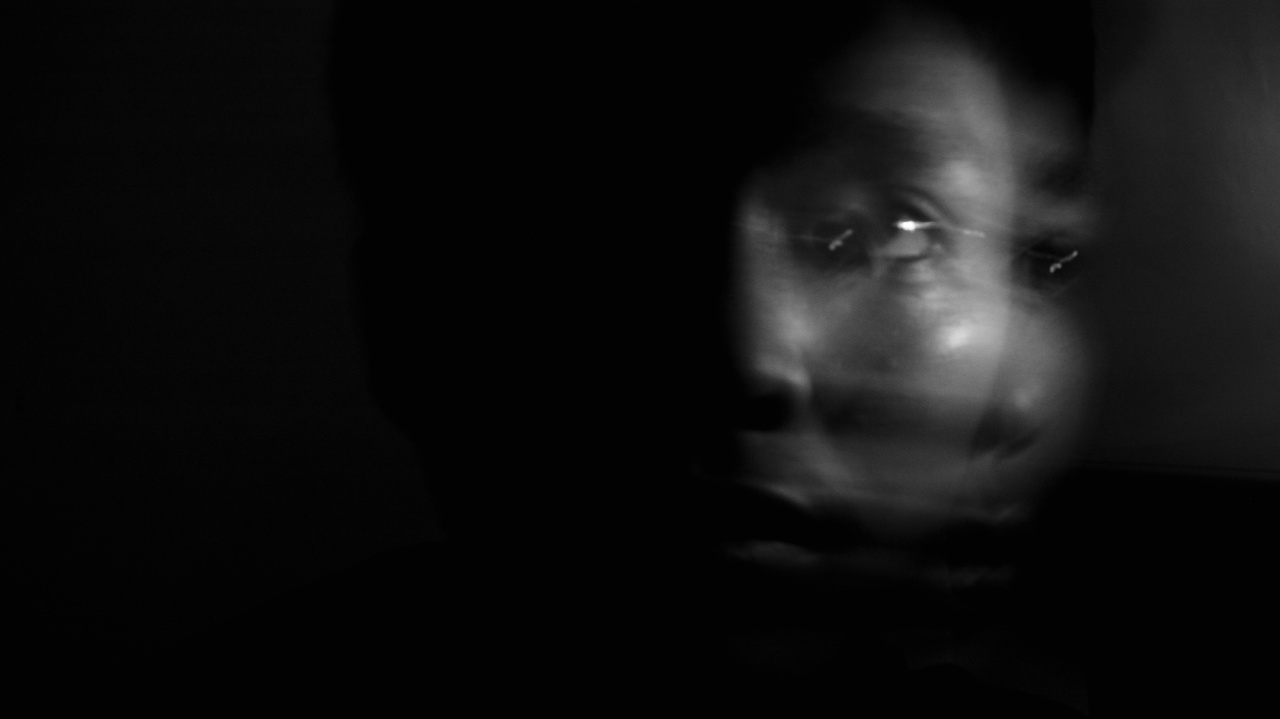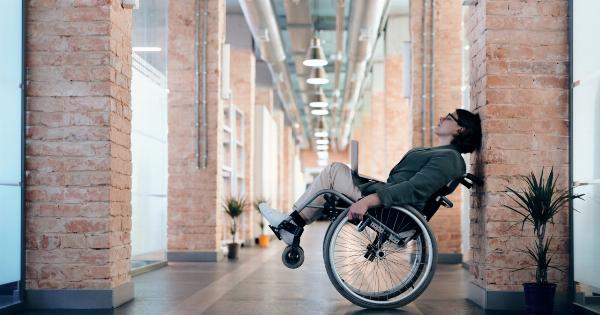Depression is a serious mental health disorder that affects millions of people worldwide. It can have a profound impact on an individual’s daily life, relationships, and overall well-being.
While traditional treatments such as therapy and medication have been used for decades, there is a growing interest in next-generation depression treatments that promise minimal side effects. This article will explore some of these innovative approaches and their potential to revolutionize the treatment of depression.
1. Ketamine Infusions
Ketamine is a medication primarily used for anesthesia, but it has also shown promising results in the treatment of depression. Unlike traditional antidepressants that can take weeks to show effects, ketamine has a rapid onset of action.
Infusions of ketamine have been found to provide relief from depressive symptoms within hours or days in some patients. Moreover, ketamine has demonstrated efficacy in individuals with treatment-resistant depression, where other interventions have failed.
2. Transcranial Magnetic Stimulation (TMS)
TMS is a non-invasive procedure that uses electromagnetic fields to stimulate specific regions of the brain. It is an FDA-approved treatment for depression when other therapies have been ineffective.
TMS works by delivering magnetic pulses to the brain’s prefrontal cortex, a region responsible for mood regulation. This stimulation helps activate and normalize brain activity, alleviating depressive symptoms. TMS has shown promising results in clinical trials, with minimal side effects reported.
3. Psychedelic-Assisted Therapy
Psychedelic-assisted therapy involves the careful administration of psychedelic substances like psilocybin (found in certain mushrooms) or MDMA (commonly known as ecstasy) in conjunction with psychotherapy.
These substances are believed to alter brain function temporarily, leading to enhanced introspection and emotional processing. Preliminary studies have shown significant improvements in depression symptoms and a reduction in treatment-resistant cases. This next-generation approach shows great promise, although further research is still needed.
4. Deep Brain Stimulation (DBS)
DBS is a surgical procedure in which electrodes are implanted in specific areas of the brain, typically the subcallosal cingulate or the nucleus accumbens.
These electrodes deliver electrical impulses that regulate abnormal activity associated with depression. DBS is an option for individuals with severe, treatment-resistant depression who have not responded to other interventions. While this approach is invasive, it has shown remarkable success rates and minimal side effects for certain patients.
5. Virtual Reality Therapy
Virtual reality (VR) therapy is an emerging treatment that utilizes immersive simulated environments to expose individuals to situations that trigger their depressive symptoms.
By gradually interacting with these simulated situations, patients can confront and manage distressing thoughts and emotions. VR therapy has shown early promise in reducing depressive symptoms and improving overall well-being. Additionally, it provides a non-invasive and cost-effective alternative to traditional therapy approaches.
6. Microbiota Therapies
Recent research has uncovered a potential link between gut health and mental well-being. Microbiota therapies, such as fecal microbiota transplantation (FMT) or the use of probiotics, aim to modulate the gut microbiome to improve mental health outcomes.
While this field is still in its infancy, preliminary studies have shown promising results, particularly in individuals with depression and certain gut disorders. Microbiota therapies offer a novel and potentially safer approach to treating depression in the future.
7. Cognitive Behavioral Therapy (CBT) Apps
Cognitive-behavioral therapy (CBT) is a widely recognized and effective treatment for depression. However, accessing face-to-face CBT sessions can be challenging due to various barriers.
Fortunately, the emergence of CBT apps has made this form of therapy more accessible. These apps provide interactive exercises, mood tracking, and self-help techniques to help individuals overcome negative thought patterns and develop healthy coping skills.
While they may not replace traditional therapy entirely, CBT apps offer a convenient adjunct to treatment.
8. Portable Brain Stimulation Devices
Portable brain stimulation devices, such as transcranial direct current stimulation (tDCS) and cranial electrotherapy stimulation (CES), are gaining attention as potential treatments for depression.
These devices deliver low-intensity electrical currents to specific brain regions, modulating neural activity. While they are not yet approved as standalone treatments for depression, early studies suggest their potential to alleviate symptoms with few side effects.
As research progresses, portable brain stimulation devices may become a convenient and accessible option for managing depressive disorders.
9. Mindfulness-Based Interventions
Mindfulness-based interventions, such as mindfulness-based stress reduction (MBSR) and mindfulness-based cognitive therapy (MBCT), focus on cultivating non-judgmental awareness of the present moment.
These practices can help individuals break free from negative thought patterns and reduce stress, leading to improved mental well-being. Numerous studies have demonstrated the efficacy of mindfulness-based interventions in reducing depressive symptoms and preventing relapse.
Furthermore, these approaches have minimal side effects and can be practiced by anyone, making them widely accessible.
10. Personalized Medicine Approaches
Personalized medicine involves tailoring treatments to an individual’s unique genetic, physiological, and psychological characteristics.
This emerging field aims to identify specific biomarkers or genetic factors that can predict treatment responses and guide the selection of appropriate interventions. By personalizing depression treatment, it is possible to enhance efficacy and reduce the risk of side effects. While still in its early stages, personalized medicine holds immense promise for revolutionizing mental health care.
Conclusion
The future of depression treatment holds exciting possibilities with next-generation approaches that offer minimal side effects.
From ketamine infusions and TMS to psychedelic-assisted therapy and portable brain stimulation devices, these innovative treatments aim to redefine mental health care. While rigorous research and regulatory approvals are necessary, these advancements provide hope for improved outcomes and a greater understanding of depression as a treatable condition.
With continued progress, individuals struggling with depression may find relief and regain control over their lives.





























